
Why bring math outside?
Because Outdoor Math links abstract concepts to real life applications.
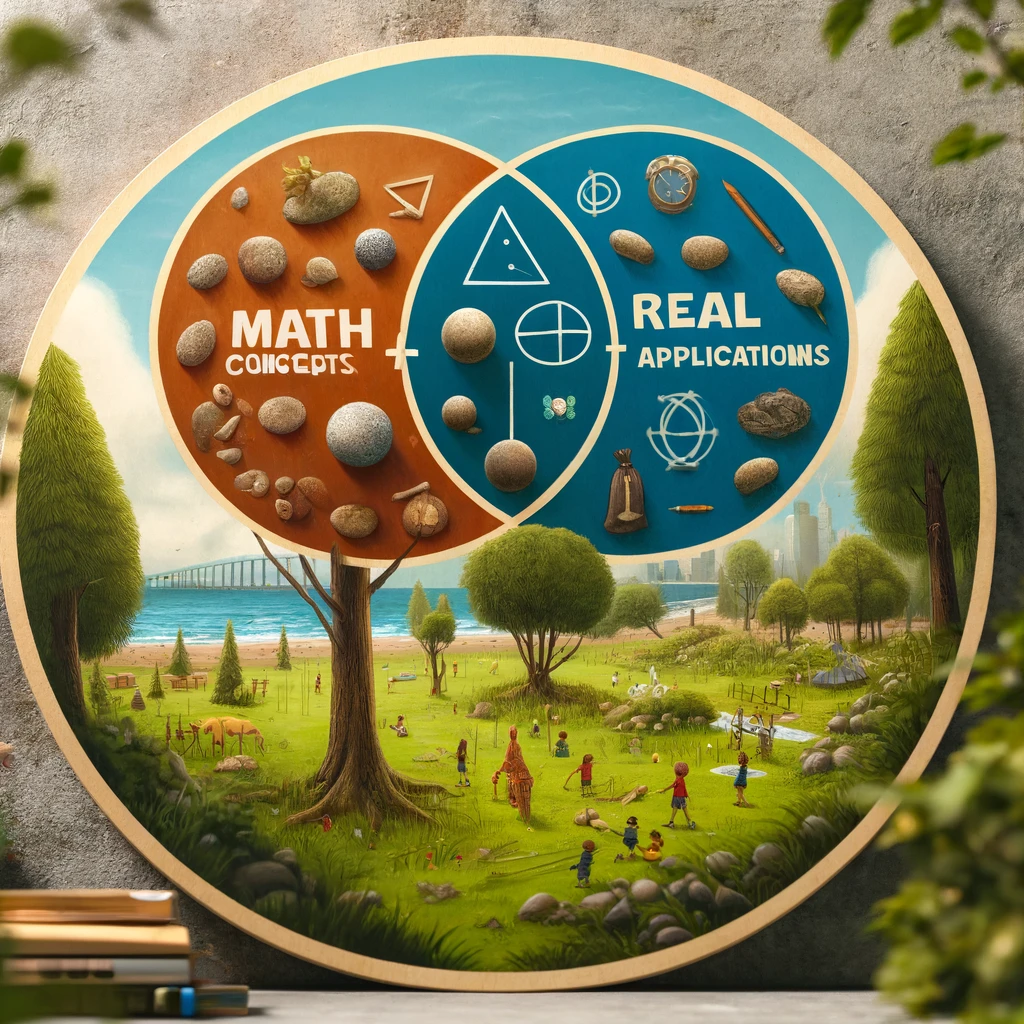
Smooth pebbles, crackly twigs, brilliant autumn-colored leaves, golden sunflowers, lacy feathers and crunchy acorns…simply step outside and discover a host of intriguing, discrete items to repurpose as math manipulatives. Learners can choose their favorite outdoor counters!

Combining math with physical movement clears out fuzzy brain cobwebs that proliferate when children (or adults!) sit still too long.

“We get to do math outside??!” and “How do we do math outside??!” might be the enthusiastic responses you hear upon making the suggestion!

Offer one-on-one or small group lessons for students at similar levels. Alternating focus allows older students to work independently or enjoy recreation time while you assist younger ones, and vice versa, maximizing learning efficiency and teaching effectiveness.

Outdoor Math – Hands-on, Age-Adaptable Ideas to Get You Started
Skip counting forward and backward lays the groundwork for multiplication tables. Start with even numbers, then move on to odd ones. Demonstrate skip counting visually with learner-selected outdoor manipulatives.

Break out the sidewalk chalk for learners to draw imaginative hopscotch boards! As they hop from spot to spot, children can count, skip count or complete math equations out loud.

Invent creative mathematical instructions. For example, for older learners, “Go find 15 pebbles, then come back and arrange them in 3 groups of 5.” Or for younger learners, “How many different shades of green can you see? Draw a picture of each green item.”

Use sidewalk chalk circles or plastic hoops to vividly visualize natural manipulatives grouped together in equivalent (or inequivalent) sets. Learners see addition, subtraction, multiplication and division come to life before their eyes! Overlap the circles and introduce Venn diagrams at an early age.
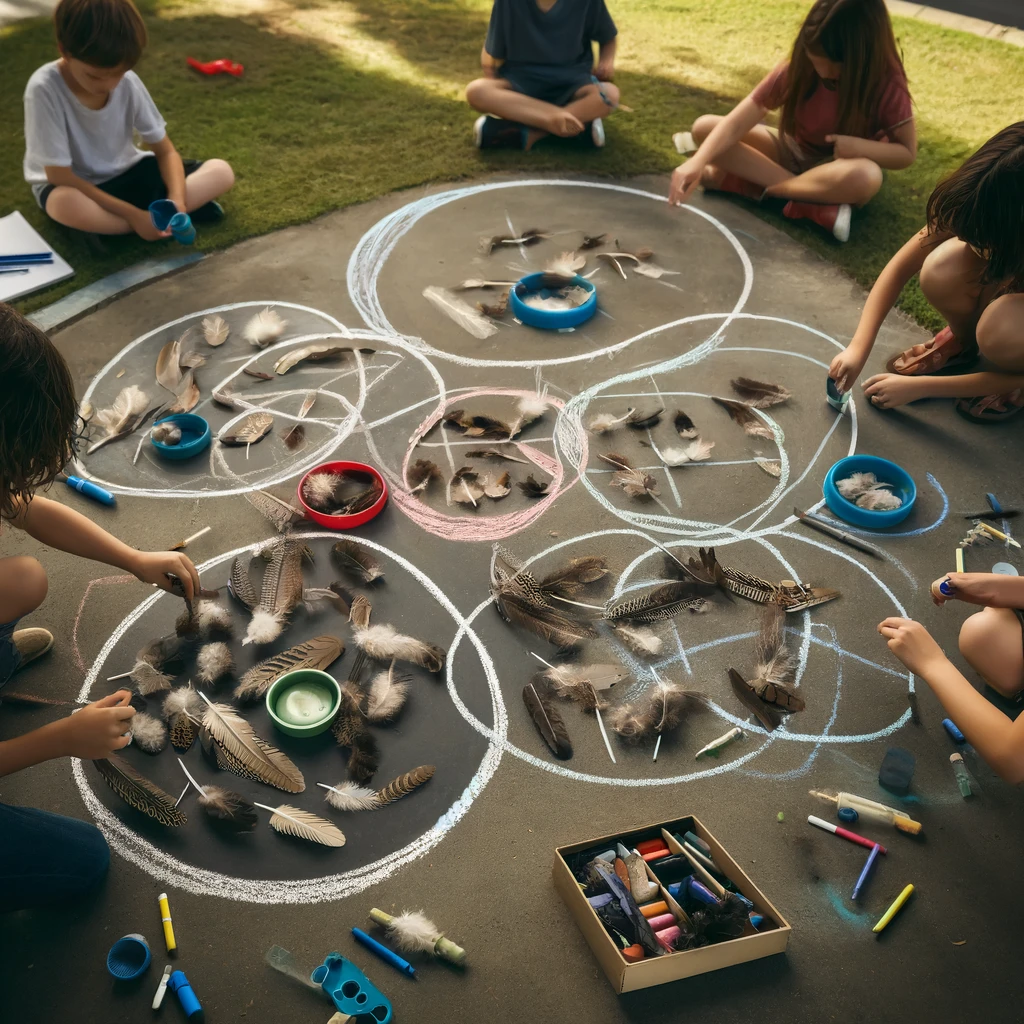
Nature is resplendent with real-life word problems. For example, “If 3 children are playing hopscotch and 4 more children join them, how many total children are playing hopscotch?” Or, “If 35 yellow flowers are on that bush and 7 of them fall off, how many flowers are left on the bush?”
Amp up the complexity of the word problems to match students’ skill levels.

Mental math games list a sequence of equations, given slowly, and ask learners to provide the solution at the end of the sequence. For example, “1 plus 3…plus 8…minus 2…divided by 5…equals?” If different ages of learners are involved, take turns and customize equation difficulty. If you have multiple students at the same level, turn it into a friendly “math bee!” Incorporate mental math games in everyday life with learners – while traveling in the car, sharing a meal together or strolling through the grocery store.
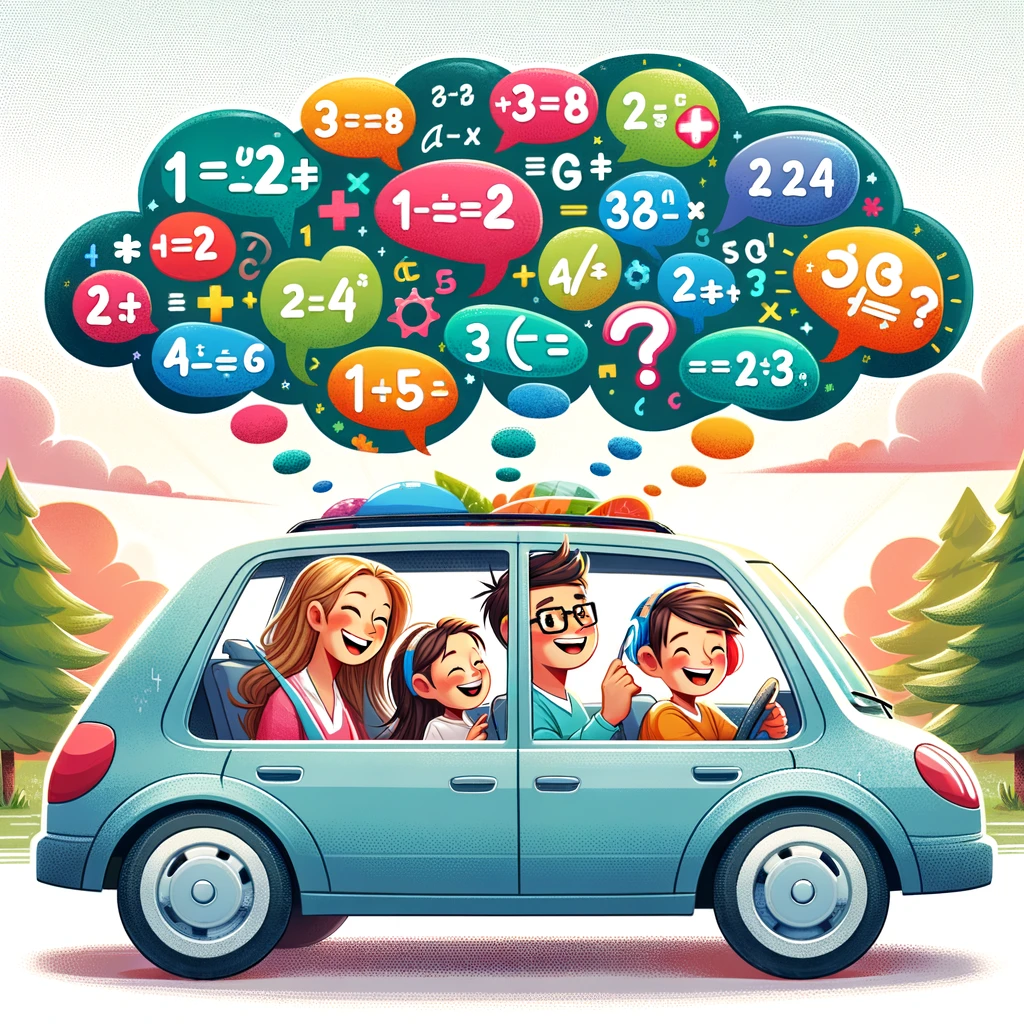
Math really is here, there and everywhere around us! Nature connects the dots between math concepts and daily life. It is how things work. Open learners’ eyes to the beauty of math in the real world by flinging open the doors and heading outside.
Students will see and experience math in a whole new light with their Outside Math goggles!

Find Your Education Autonomy
Explore the universe of community-led learning spaces with edTonomy. Our platform is designed to empower educators to innovate and create lasting impact beyond the classroom, turning educators into entrepreneurs and redefining 'classroom' as any space where learning happens.


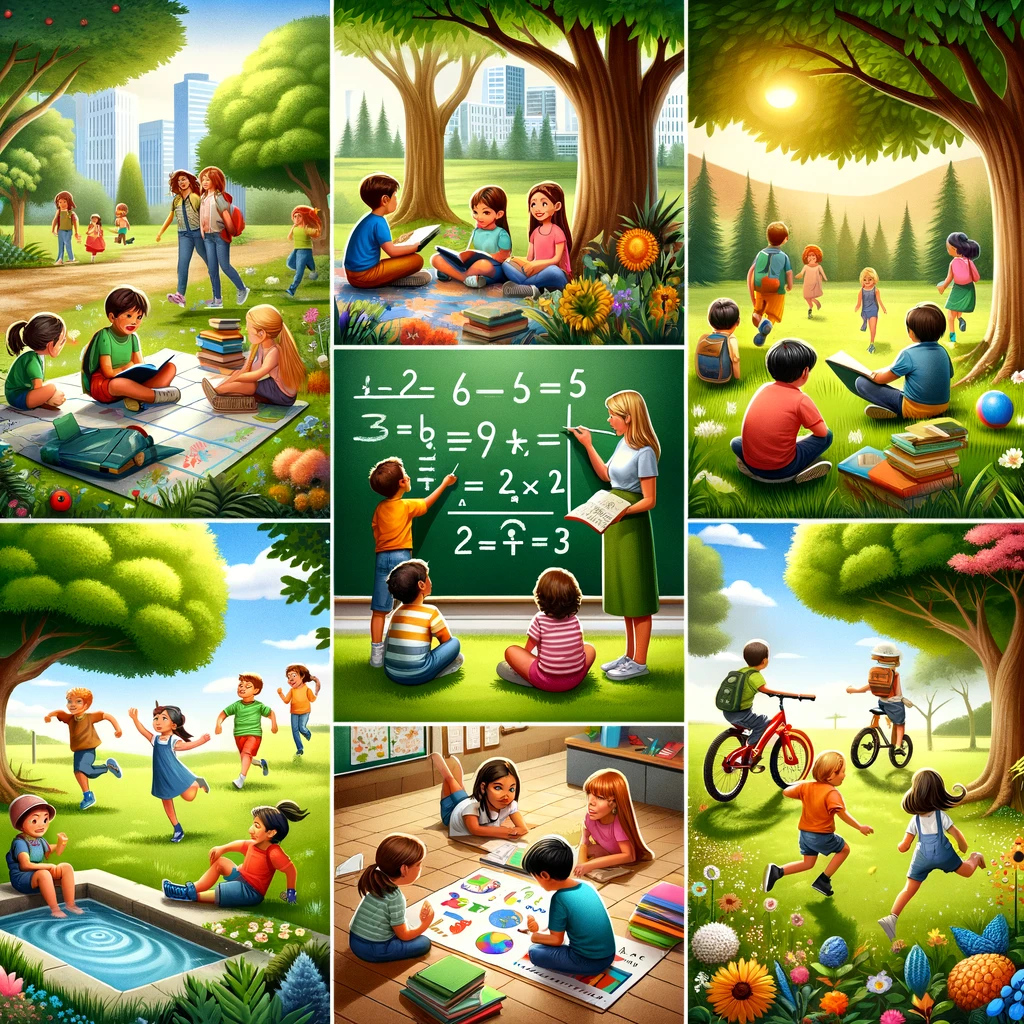
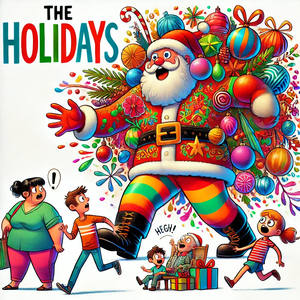






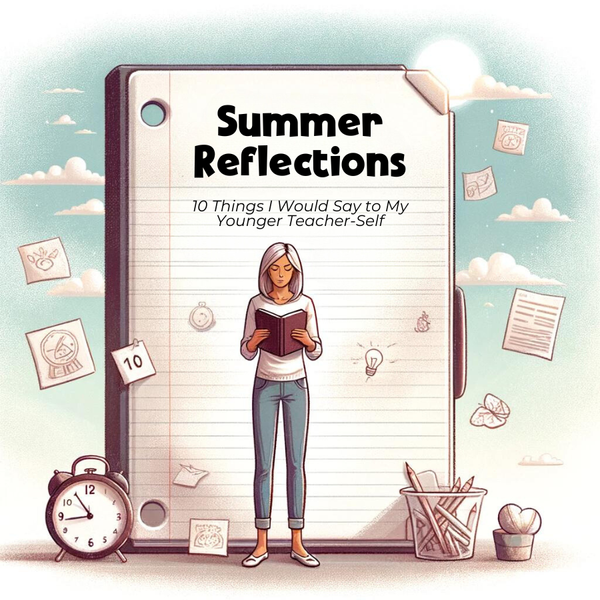
Member discussion